#Frederick Loewe
Explore tagged Tumblr posts
Text
#my fair lady#show tunes#broadway musicals#lerner and loewe#eliza doolittle#henry higgins#musicals#theatre polls#musical polls#musical theatre#alan jay lerner#frederick loewe#rex harrison#julie andrews#audrey hepburn#musical theater fandom
66 notes
·
View notes
Text

Julie Andrews & Richard Burton during rehearsals for the original Broadway production of Camelot. New York, 1960.
#julie andrews#richard burton#Camelot#broadway#Lerner and Loewe#Alan Jay Lerner#Frederick Loewe#musical
41 notes
·
View notes
Text
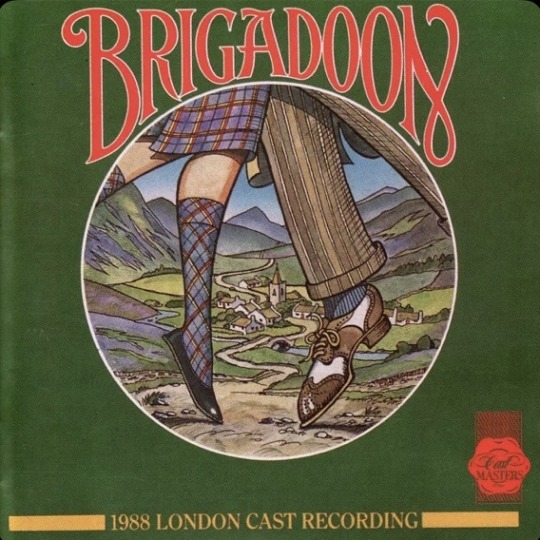
#musical theater#do you know this musical#poll#brigadoon#frederick loewe#alan jay lerner#language: english
50 notes
·
View notes
Text
#musicals#musical theater#musical theatre#theater#theatre#Richard Rodgers#Oscar Hammerstein#Oscar Hammerstein II#Lorenz Hart#George Gershwin#Ira Gershwin#Alan Jay Lerner#Frederick Loewe#John Kander#Fred Ebb#Jerry Bock#Sheldon Harnick#Robert Wright#George Forrest#Harvey Schmidt#Tom Jones#Charles Strouse#Lee Adams#Stephen Ahrens#Lynn Flaherty#Richard Maltby#Richard Maltby Jr.#David Shire#Michael Kunze#Sylvester Levay
48 notes
·
View notes
Text

romantic selections from broadway & west end musicals. majority instrumental covers with some pop vocals.
Part 1
[YouTube] [Spotify]
Loesser: I’ve Never Been in Love Before | Guys and Dolls | Richard Alden
Rodgers: I Have Dreamed | The King and I | Ronnie Aldrich
Porter: Begin the Beguine | Jubilee | Andy Williams
Gershwin: Embraceable You | Girl Crazy | 101 Strings
Porter: So in Love | Kiss Me Kate | Franck Pourcel
Porter: Night and Day | Gay Divorce | Frank Sinatra
Rodgers: If I Loved You | Carousel | Cyril Stapleton
Rodgers & Hart: Bewitched, Bothered, and Bewildered | Pal Joey | Frank Sinatra
Kern & Hammerstein: All the Things You Are | Very Warm for May | Carly Simon
Lloyd Webber: All I Ask of You | The Phantom of the Opera | Steve Barton & Sarah Brightman
Bart: As Long As She Needs Me | Oliver! | Matt Monro
Gershwin: Bess, You Is My Woman Now | Porgy & Bess | Jenő Jandó
Borodin & Wright/Forrest: Stranger in Paradise | Kismet | Percy Faith
Bernstein: Tonight | West Side Story | Ferrante & Teicher
Loewe: On the Street Where You Live | My Fair Lady | Andy Williams
Bernstein: Somewhere | West Side Story | Franck Pourcel
Part 2
[YouTube] [Spotify]
Kern & Hammerstein: Make Believe | Show Boat | Roger Whittaker
Porter: In the Still of the Night | Rosalie | Englebert Humperdinck
Bernstein & Sondheim: Maria | West Side Story | Johnny Mathis
Rodgers & Hammerstein: Some Enchanted Evening | South Pacific | Alfie Boe
Loesser: A Woman in Love | Guys and Dolls | Stanley Black
Herman: It Only Takes A Moment | Hello, Dolly! | George Melachrino
Rodgers & Hammerstein: Hello, Young Lovers | The King and I | Frank Sinatra
Rodgers & Hart: Where or When | Babes in Arms | Andy Williams
Rodgers & Hammerstein: This Nearly Was Mine | South Pacific | Frank Sinatra
Loewe & Lerner: I’ve Grown Accustomed to Her Face | My Fair Lady | Andy Williams
Loewe & Lerner: Gigi | Gigi | Andy Williams
Loewe & Lerner: If Ever I Would Leave You | Camelot | Anita Kerr
Willson: Till There Was You | The Music Man | Peggy Lee
Lloyd Webber: I Don’t Know How To Love Him | Jesus Christ Superstar | Yvonne Elliman
Bart: Where is Love | Oliver! | Ronnie Aldrich
Rodgers: The Sweetest Sounds | No Strings | Andy Williams
Kern: Smoke Gets in Your Eyes | Roberta | Werner Müller
#my mix#give my regards to broadway#broadway and beyond#by special arrangement#leonard bernstein#frederick loewe#george gershwin#lionel bart#andrew lloyd webber#jerome kern#cole porter#richard rodgers#oscar hammerstein ii#frank loesser#jerry herman#valentine's day
3 notes
·
View notes
Text
youtube
My Fair Lady - I Could Have Danced All Night
🛏️🎶☺︎
#my fair lady#I could have danced all night#musical#cover#japan#music#singer#singersongwriter#art#artist#song#guitar#love#happy#artwork#illustration art#concept art#artworks#musical movies#eliza doolittle#audrey hepburn#marni nixon#Alan Jay Lerner#Frederick Loewe#warner bros#warner music#hollywood#romance#romantic#movie lover
4 notes
·
View notes
Text

Es ist wieder Mai. Das begingen wir einmal mehr mit unserem bewährten, kultivierten Großmusical mit besonders prächtigen Roben und Tralallala-Maienliedchen. Dabei könnte man es genausogut im Sommer, Winter oder Herbst anschauen.
#Camelot#Richard Harris#Vanessa Redgrave#Franco Nero#David Hemmings#Lieonel Jeffries#Laurence Naismith#Film gesehen#Joshua Logan#Musical#Frederick Loewe#Alan Jay Lerner
6 notes
·
View notes
Text
'Camelot' Revival at Lincoln Center, Superbly Re-imagined for Our Time
'Camelot' is stunning in revival at Lincoln Center. Bartlett Sher's direction and Aaron Sorkin's book are superb. And the cast? Well, just exceptional.
Phillipa Soo (center) and company in Lincoln Center Theater’s production of Camelot (courtesy of Joan Marcus.j The original 1958 musical Camelot. performed with Alan Jay Lerner’s book and lyrics, and Frederick Loewe’s music, adapts theArthurian legend from T.H. White’s collection of fantasy novels entitled Once and Future King (1958). White’s adaptation was loosely based on the 1485 work Le…
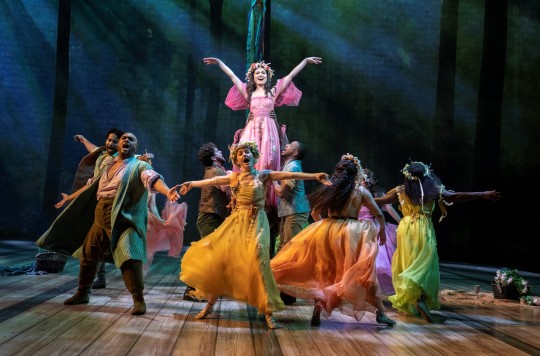
View On WordPress
#Aaron Sorkin#Alan Jay Lerner#Andrew Burnap#Bartlett Sher#Byron Easley#Camelot#Frederick Loewe#Kimberly Grigsby#Phillipa Soo
8 notes
·
View notes
Video
youtube
'If Ever I Would Leave You' performed by Jordan Donica
Taken from the 2023 Broadway Cast Recording of Camelot. Pre-order via Broadway Records.
via LincolnCenterTheater
5 notes
·
View notes
Text
spotify isn't letting me listen to this. where else can i find it? please i just want to listen to matters of consequence and whatever else was cut 😭
1 note
·
View note
Text
Reasons to dance all night
A review of 'My Fair Lady' directed by Steven Stead and performing at Teatro, Montecasino, until 2 March 2025.
ACROSS a crowded room, Freddy and Eliza meet. From left Colonel Pickering (Graham Hopkins), Prof Higgins (Craig Urbani), Eliza Doolittle (Leah Mari), Mrs Higgins (Adrienne Pearce), a servant (Lusibalwethu Sesanti), Mrs Eynsford-Hill (Namhla Tshuka) and Freddy Eynsford-Hill (Sandi Dlangalala). Photograph courtesy Montecasino. SHE’S A POOR little flower seller, her thick Cockney accent endemic to…
#Adrienne Pearce#Agatha Christie&039;s Witness for the Prosecution#Alan Jay Lerner#Allen Chambers#Andrew Both#andrew botha#Angellica Hattingh#Brittany Smith#Busisiwe Ngejane#Cockney#Craig Urbani#Danie Conradie#Danielle Speckman#Dean de Klerk#Denis Hutchinson#Duane Alexander#Dylan Janse van Rensburg#Edrien Erasmus#Edwardian#Frederick Loewe#Gabriella Knight#Gareth Meijsen#Gemma Bisseker#George Bernard Shaw#Graham Hopkins#Greg King#James van Helsdingen#Jason Atherston#Kensiwe Tshabalala#Kevin Kraak
0 notes
Text
#camelot#camelot musical#lerner and loewe#lancelot#guinevere#king arthur#queen guinevere#guinevere x lancelot#guinevere x arthur#sir lancelot#broadway musicals#musical theatre#theatre polls#musical polls#musicals#alan jay lerner#frederick loewe#julie andrews#richard burton#robert goulet#musical theater fandom#mordred#show tunes
26 notes
·
View notes
Text

Anna Wintour in bespoke LOEWE at the Met Gala 2024


'Inspired by a circa 1944 evening cape by 20th century designer Charles James and tailoring from the LOEWE Fall Winter 2024 women’s collection, Anna’s tuxedo in wool with a silk satin shawl collar is decorated with floral motifs using hand-dyed feathers, tonal beading, and pearl embroidery. The jacket is paired with a long sleeve dress in bias-cut silk satin.'
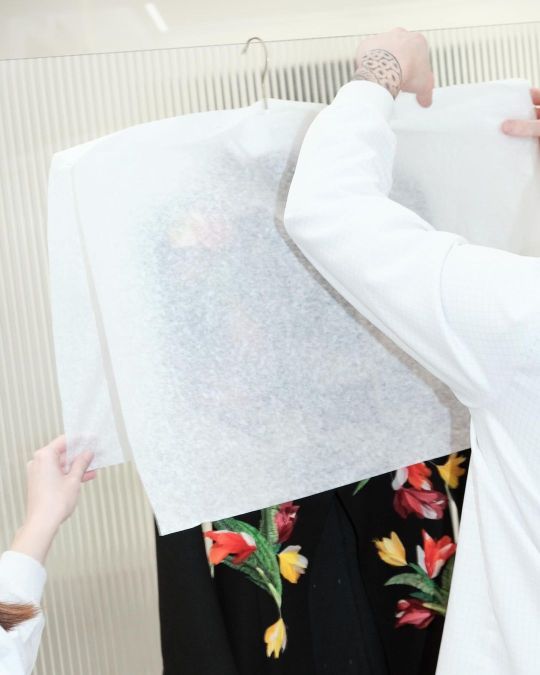

'Awakening Flower Bouquet' embroidery inspired by Tulipes Hollandaise fabric by Charles Frederick Worth, 1889, from the Met's archives.
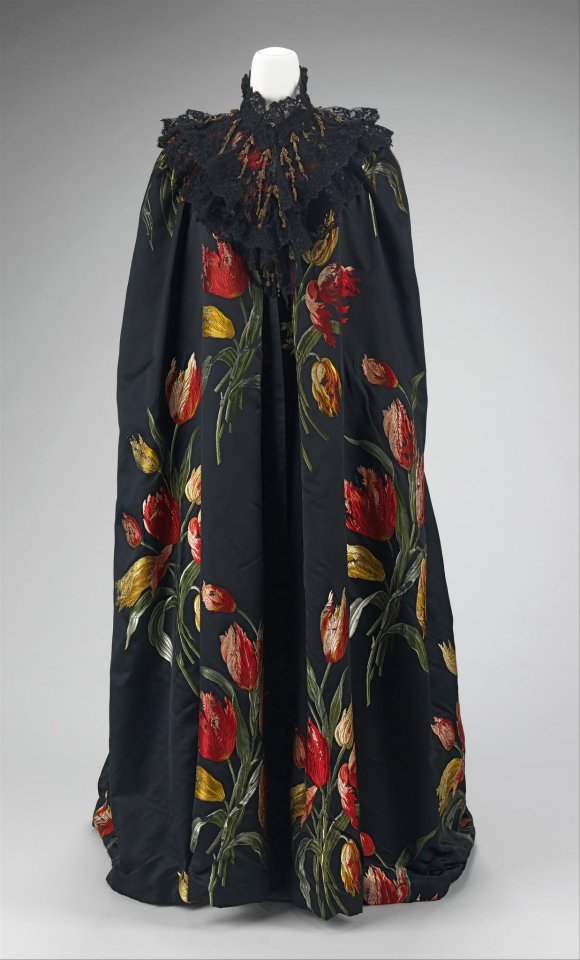
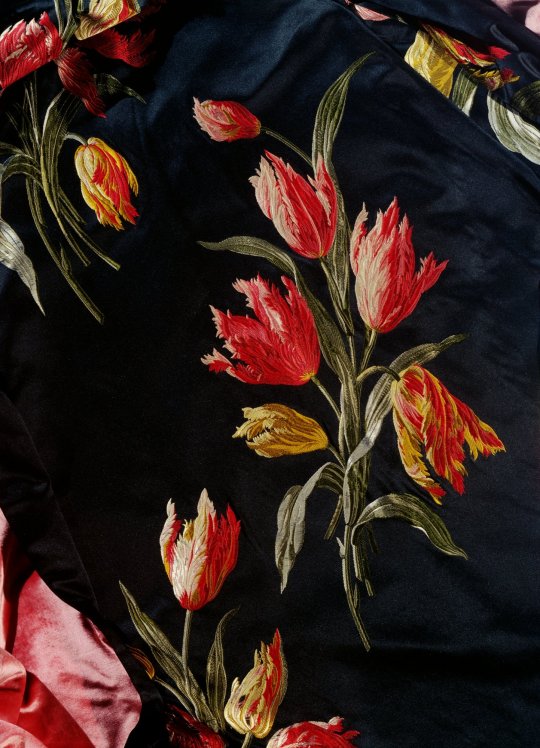
#anna wintour#met gala 2024#met gala#red carpet#loewe#fw24#fashion history#fashion#met museum#charles james#couture#couture embroidery#plumasserie#surface decoration#textile design#textiles#tulip#tulipes hollandaise#charles frederick worth#1889#1880s#woven fabric#pattern#surface pattern#surface pattern design#pattern design
273 notes
·
View notes
Text

#musical theater#do you know this musical#poll#my fair lady#frederick loewe#alan jay lerner#language: english
38 notes
·
View notes
Text
Some Richard Burton lore for you!
As for kissing his male co-star, [Robert] Goulet says it wouldn’t be his first time. Back in 1960, "Moss Hart was directing this scene between Richard Burton and me in Camelot, and we’re supposed to come face to face. We had been drinking and I said to Richard, ‘Shall we kiss?’ And he said, ‘Alright … on the lips?’ Now I had never kissed a man before in my life, not even my father, but I couldn’t back down. We said, ‘Mr. Hart, could we show you the relationship between Lancelot and [King Arthur] so the audience will know immediately?’ He said, ‘By all means.’ Then Richard and I kissed. It took an hour and a half to get Moss off the ceiling. He made us do it again for [Alan Jay] Lerner and then for [Frederick] Loewe. Moss made us do it once more for the [chorus] kids. And everybody laughed, except two of the boy dancers cried."
From this 2005 interview with Robert Goulet, when he was in La Cage aux Folles.
#“most actors have a gay streak in them” as that one friend of brando's may or may not have said#regarding a story which may or may not have been true#i hope those two chorus boys who cried lived long and happy lives#anyway thanks to wayman wong for posting this in a basically unrelated thread on all that chat#richard burton#robert goulet#camelot#emails from an actor
70 notes
·
View notes
Text

[YouTube] [Spotify]
romantic selections from american and european operetta and crossover works.
Rodgers & Hammerstein: People Will Say We’re in Love | Oklahoma! | John Wilson
Loewe & Lerner: On the Street Where You Live | My Fair Lady | Jordan Donica
Kern & Hammerstein: Make Believe | Show Boat | John McGlinn
Bernstein & Sondheim: Maria | West Side Story | José Carreras
Rodgers & Hammerstein: If I Loved You | Carousel | Josh Groban & Audra McDonald
Bernstein & Sondheim: Tonight (Balcony Scene) | West Side Story | Dame Kiri Te Kanawa & José Carreras
Lehár: Dein Ist Mein Ganzes Herz | Das Land des Lächelns | Fritz Wunderlich
Porter: So in Love | Kiss Me Kate | John McGlinn
Willson: Till There Was You | The Music Man | Renée Fleming
Gershwin & Gershwin: Bess, You Is My Woman Now | Porgy & Bess | Donnie Ray Albert & Clamma Dale
Lehár: Lippen schweigen | Die Lustige Witwe | Diana Damrau & Rolando Villazón
Bernstein & Sondheim: Somewhere | West Side Story | Marilyn Horne
Kern & Hammerstein: All the Things You Are | Very Warm for May | John McGlinn
Presgurvic: Aimer | Roméo et Juliette | Bryn Terfel & Renée Fleming
#my mix#give my regards to broadway#broadway and beyond#richard rodgers#jerome kern#leonard bernstein#franz lehár#meredith wilson#cole porter#george gershwin#frederick loewe#rodgers and hammerstein#kern and hammerstein#gerard presgurvic#west side story#carousel#romeo et juliette#show boat#my fair lady#oklahoma#porgy and bess#the music man#valentine's day
3 notes
·
View notes